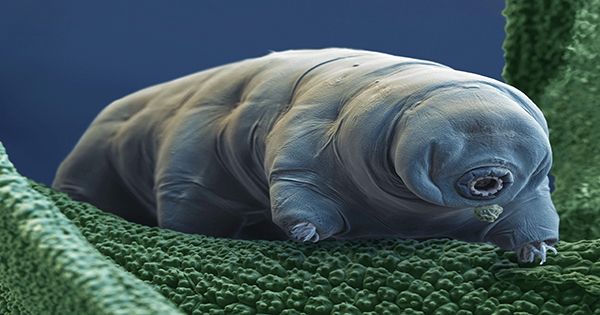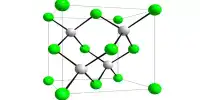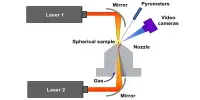For the first time, a living animal has reported being quantum entangled – and lived. It is a long way from “beam me up, Scotty,” and it is not quite Schrodinger’s tardigrade. Quantum entanglement is always assumed to be limited to the realm of subatomic particles, but it has gradually extended to a growing number of complex things, including, for the first time, a multicellular living form.
However, other physicists argue that what happened was not true entanglement. Quantum entanglement is a mind-bogglingly bizarre phenomenon that Einstein famously refused to believe could be genuine. The states of entangled particles are inextricably linked, so that a change in one’s spin, velocity, or polarization induces an instantaneous change in another.
Science fiction authors have long been fascinated by the idea of constructing universes in which quantum laws may be applied on a human scale, allowing for phenomena like matter transporters. Dr. Rainer Dumke of Nanyang Technological University in Singapore has brought those aspirations a bit closer, even if his entangled animal is too tiny to perceive with the naked eye, if his claims withstand peer review. Dumke and co-authors report tying a frozen tardigrade to two electric circuits in a study published on the preprint portal ArXiv.org.
Dumke is a pioneer in quantum mechanics, but he does not take himself too seriously, as indicated by his team’s website, which is dubbed qauntumshmantum. He shared an IgNobel Prize in 2019 for demonstrating that magnetic deposits function differently in live and dead cockroaches, the greatest prize for a scientist with a sense of humor. Tardigrades, also known as water bears and moss pigs, are tiny organisms that are ideal for this type of study. They are not only smaller than bacteria, but they can also suspend their biological activities, allowing them to be cooked, frozen, or subjected to extreme pressures and yet recover.
According to the report, Niels Bohr said that investigating the chemistry and organizational hierarchy of a live cell at the same time was impossible, drawing a parallel with Heisenberg’s Uncertainty Principle’s constraints on examining atoms. However, according to Dumke and co-authors, Bohr did not allow for the tardigrade’s condition of suspended animation, in which “a quantum and hence a chemical analysis of a system may be done without losing its ability to operate physiologically.”
The researchers used a tardigrade species called Ramazzottius varieornatus, which measures 0.2-0.45 mm (0.008-0.018 inches) and frozen after being retrieved from a roof gutter in Denmark. The tardigrades went into a dehydrated stage known as a tun, when they stop breathing and shrivel to a third of their original size. Three tuns chilled to 0.01 degrees Celsius above absolute zero.
They then sandwiched each tardigrade between the shunt capacitor plates of a quantum bit-like superconductor circuit (qubit). This circuit, known as Qubit B, connected to an adjacent circuit, Quibit A, and the two became entangled. Experiments subsequently appeared to indicate that the tardigrade entangled with the qubits, with any changes in their quantum states causing changes in the tardigrade.
The tardigrades warmed up and put in room temperature water seventeen days after initially being exposed to such circumstances, but just one survived. The scientists write, “Our study represents a first step toward the fascinating goal of constructing hybrid systems that combine live matter and quantum bits.”
Because of the attention the paper has received, informal peer review has taken precedence over official peer review, rather than the other way around as is typically the case, and some reviewers have not been kind. “It’s worth noting that the authors didn’t really entangle a tardigrade with a qubit in any way. This is not a case of ‘quantum biology.’ “Rice University Professor Douglas Natelson wrote a blog post on it.”Because the tardigrade is primarily (frozen) water, it serves as a dielectric here, altering the resonance frequency of the one qubit it sits on… This is not entanglement in any definition of the word. If such were the case, the qubits would be entangled with the macroscopic silicon chip substrate by the same logic.”
Others concur. The authors have yet to answer, so it is conceivable that their lone accomplishment is resurrecting a tardigrade after it chilled to an unheard-of temperature. Nonetheless, efforts to develop matter transporters must begin somewhere. In addition, since neither humans nor cats are capable of putting themselves in suspended animation, it is doubtful that we will tangle up anytime soon.















